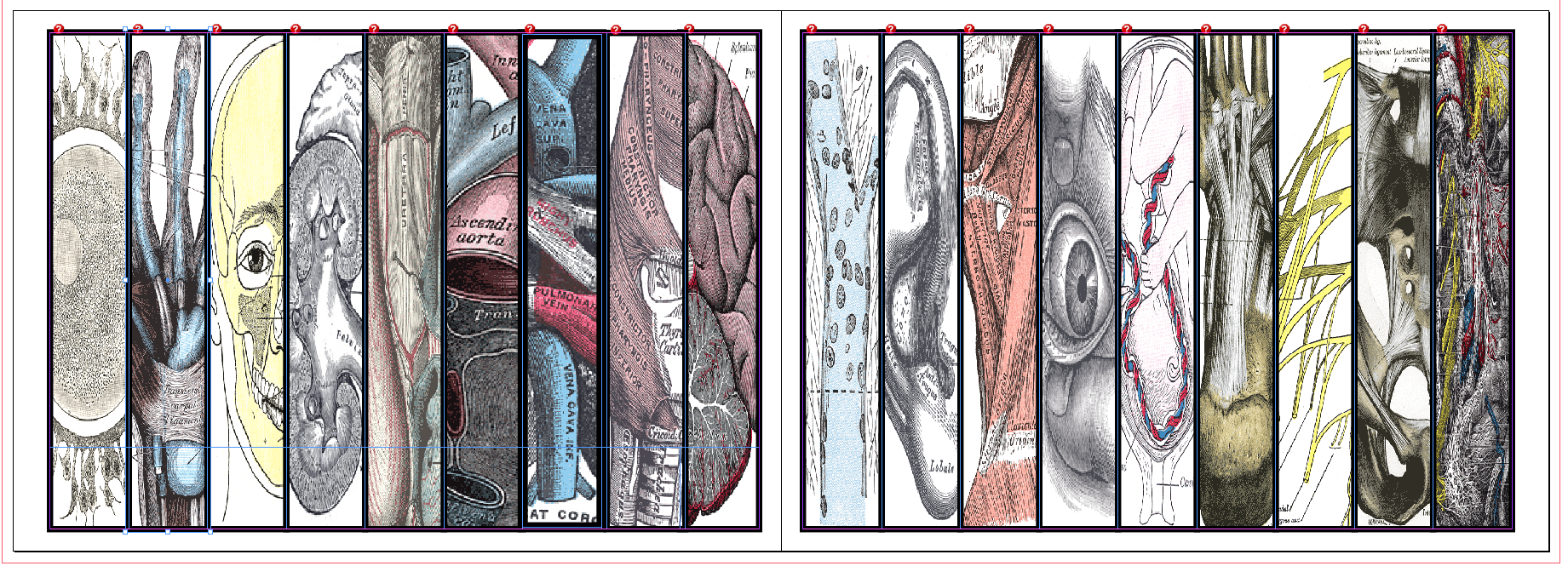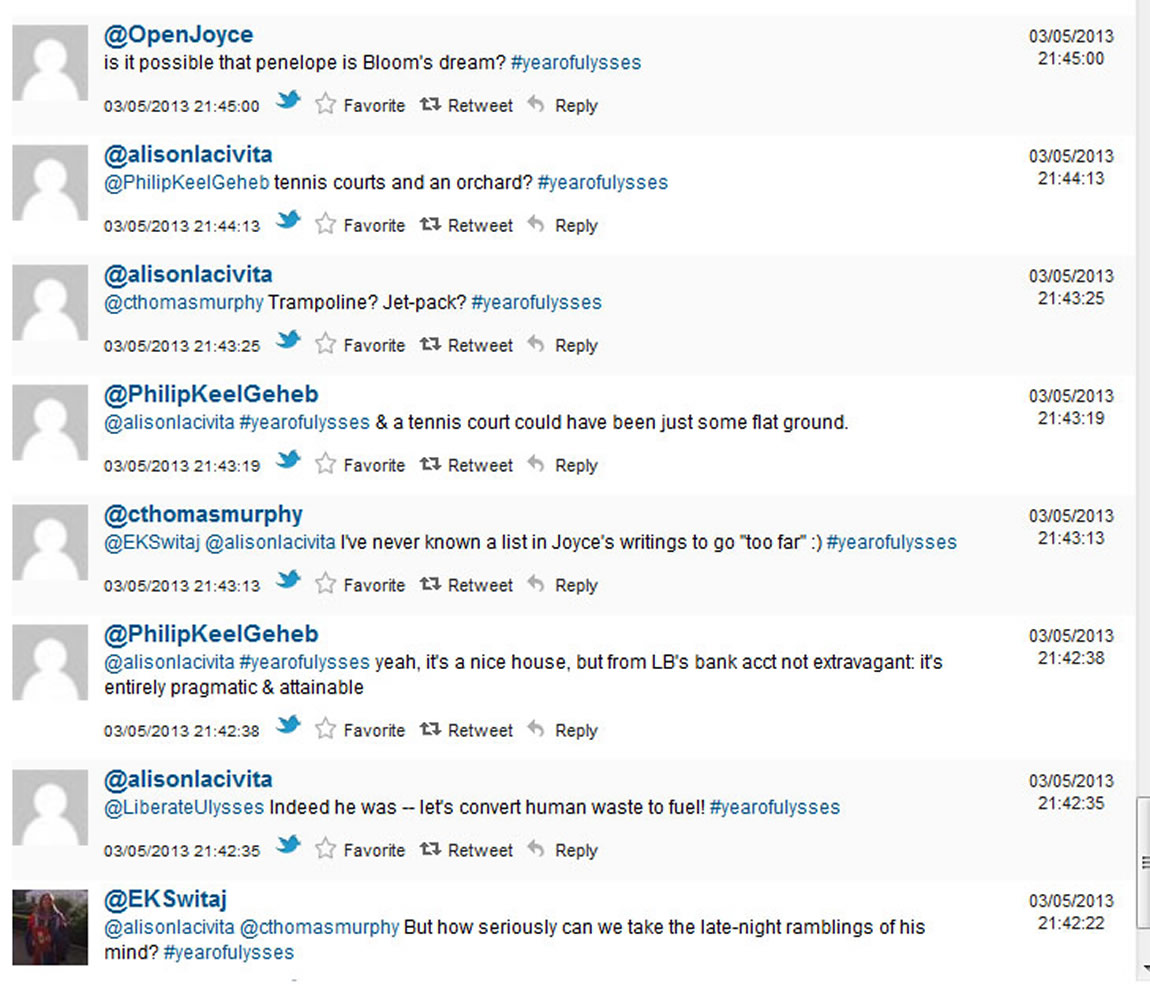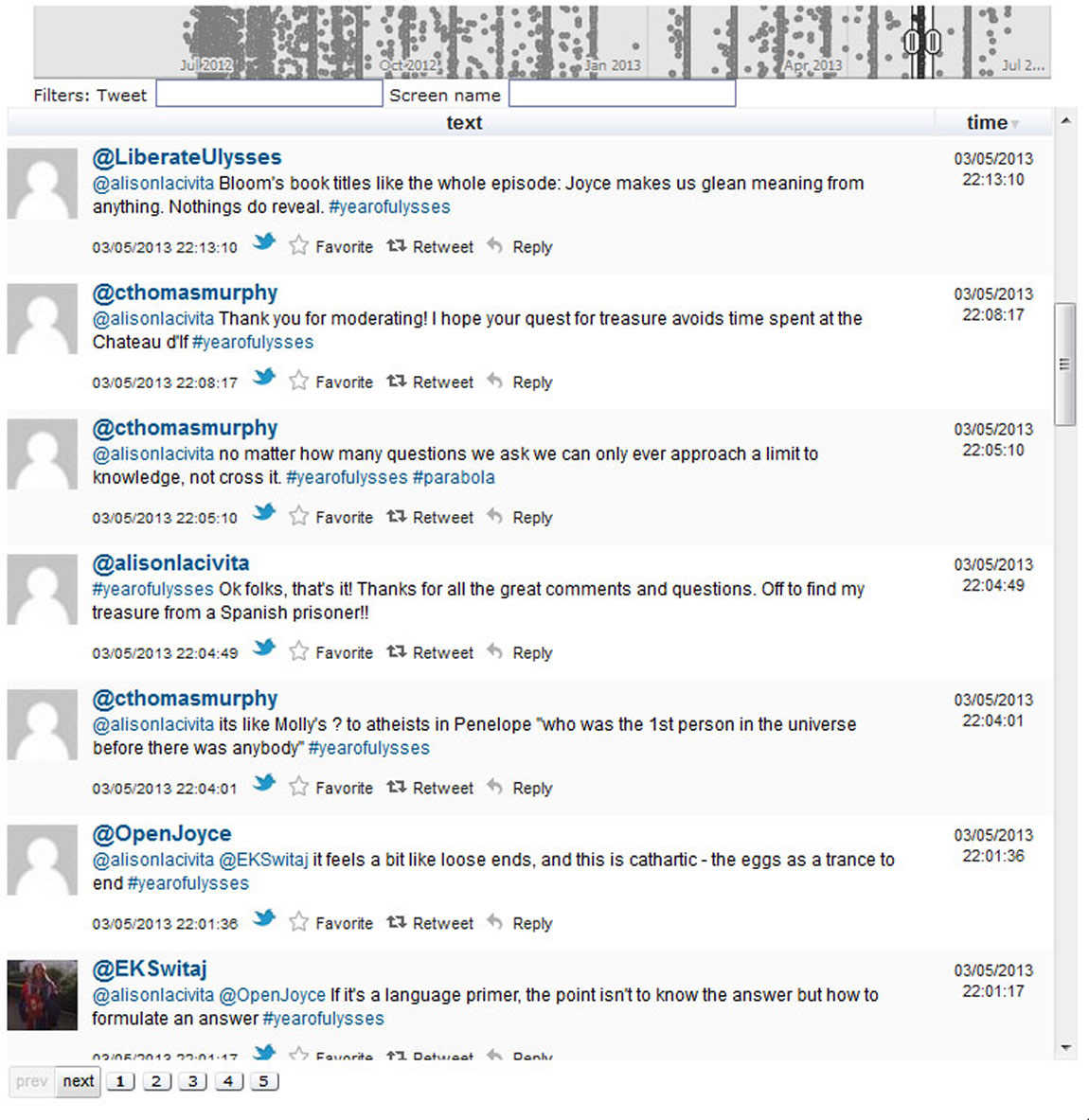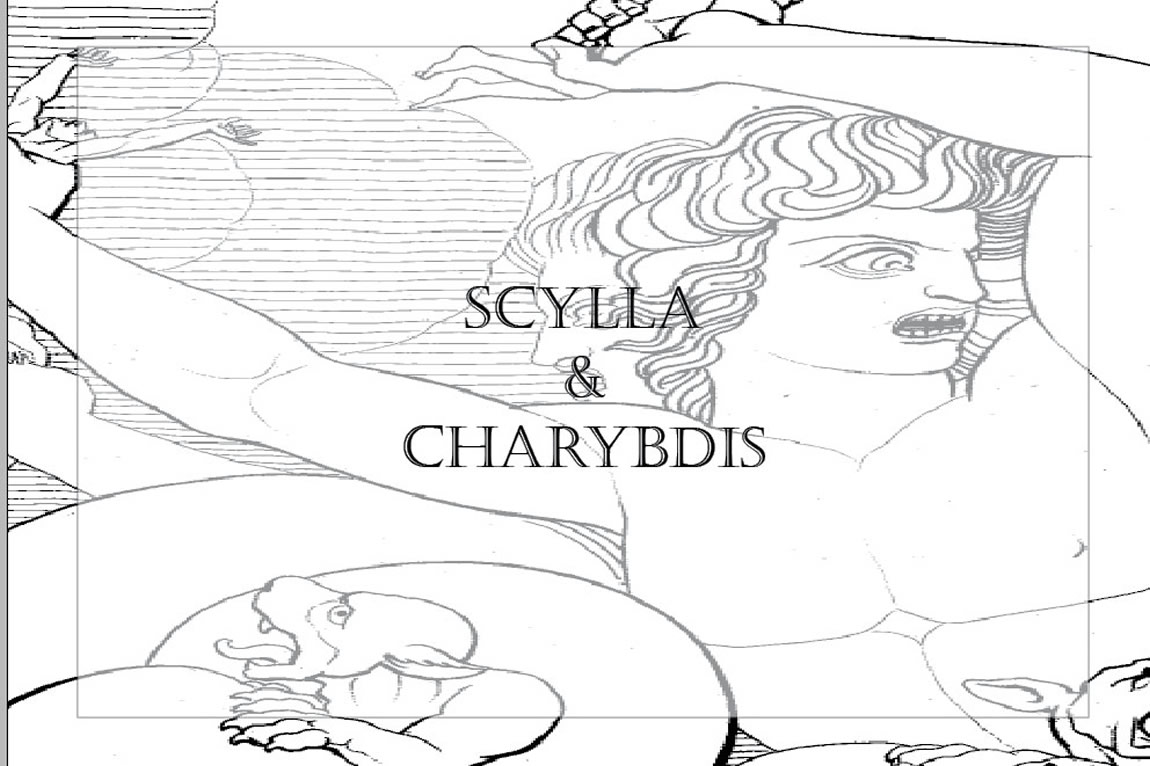My previous blog post attempted to address the question of what, if anything, a Twitter conversation can teach us about Ulysses; in so doing, I ended up inverting the question, focusing not on what Twitter can teach us about reading Ulysses, but what Ulysses can teach us about reading Twitter. Though I stand by that conclusion, I must also admit that this inversion ultimately fails to answer the original question. Perhaps this failure (or better yet, aversion) is to be expected. For if I were pressed to account for the “learning outcomes” of #YearOfUlysses, I would (tentatively) suggest there are none. That does not preclude a great deal of very learned, astute, and indeed informative tweets; certainly the YoU conversation had many of these. However, these tweets, no matter how astute or informative, do not in any real sense teach us anything altogether different than what could be expected from, say, a graduate seminar. When judged in contrast to the YoU’s lectures, or for that matter, an anthology of Ulysses scholarship, the strict pedagogical impact of the year-long Twitter chat can appear convoluted, if not downright ephemeral:
As frequently as participants (mis)communicate with one another, they also ask questions that go unanswered (e.g., “Could Penelope be Bloom’s dream?”), joke, and generally fail to achieve consensus, let alone a conclusion. However, I want to suggest that this ephemerality and lack of argumentative closure, far from being a hindrance, is in fact to YoU’s credit. All too often within Joycean studies, one begins to feel the infallible allure of “God-Joyce,” where all the encyclopedic weight of superfluity and the sheer mass of ephemera within Ulysses are lost or cast aside, so much chaff to the critical mill, in order to give Ulysses meaning. For me, rather than teach us something conclusive and novel about Ulysses, the value of YoU resides precisely in its failure to enclose any identifiable meaning, conclusion, or telos. The Twitter discussion is, as Gabler declares about “Wandering Rocks” and Ulysses as a whole, centrifugal. Precisely in “taking the novel of the everyday back to the everyday,” Twitter forcefully highlights the importance of (mis)communication, loose ends, superfluity, and humour for Ulysses, or as this apt arrangement of tweets suggest, if it feels a bit like loose ends, maybe that’s the point:
Such ephemerality, along with the synchronicity, complexity, and fragmentation that I discussed in my previous post, is something I am hoping to capture. One could rightly raise a concern here: it is all well and good to highlight ambiguity and synchronicity, but it is something else entirely to convey these elements in a legible, readable, and aesthetic product. Certainly, the final product will be necessarily constrained by my practical skills as much as, if not more than, my theoretical concerns. Not only are such concerns valid; they are only reinforced by my limited expertise in design. I have spent the last month attempting to address them by simultaneously outlining possible designs and scaling Adobe InDesign’s rather daunting learning curve. At first, I attempted to (unimaginatively) marry the two primary elements of YoU—namely, Twitter and Ulysses. However, replacing the Twitter bird with the snot-green cover of the Shakespeare edition proved garish (to say nothing of the copyright ugliness that could ensure), and the rest of my attempts at splicing looked like something concocted by Dr. Moreau. Since then, I have abandoned this crossbreeding, and instead took Joyce’s own schema’s for Ulysses as a starting point:
Taking Joyce’s organ-episode correlation, I appropriated illustrations from Gray’s Anatomy to function as the table of contents. (In the future, I will likely add page/chapter numbers for the print edition.) In the e-book version of YoU, each organ will hyperlink to the corresponding chapter, which will feature a line drawing from John Flaxman’s 1835 illustrated Odyssey, while the rest of the pages focusing on that episode will be framed by the same image:
By continually referring to Joyce’s own schemas, I am hoping that when I begin to populate the book with content, such a schema will provide enough of a framework that will maintain legibility while also amalgamating the breadth of YoU. I will be working towards striking this balance as I continue to familiarize myself with InDesign over the coming months.
Post by Stefan Krecsy, in to the YearOfUly category, with the versioning tag. Images for this post care of Stefan Krecsy and John Flaxman.





